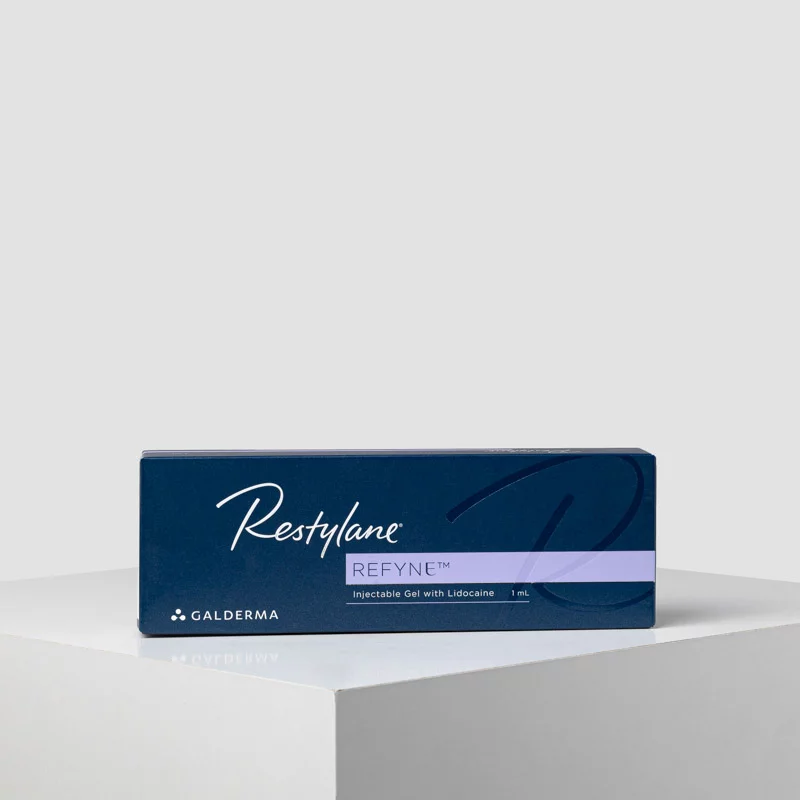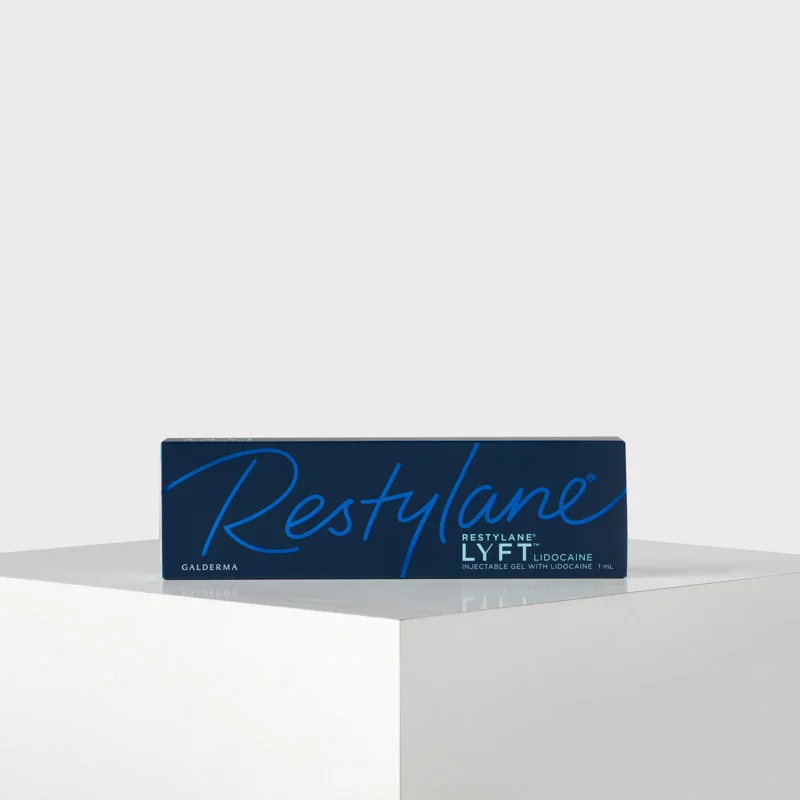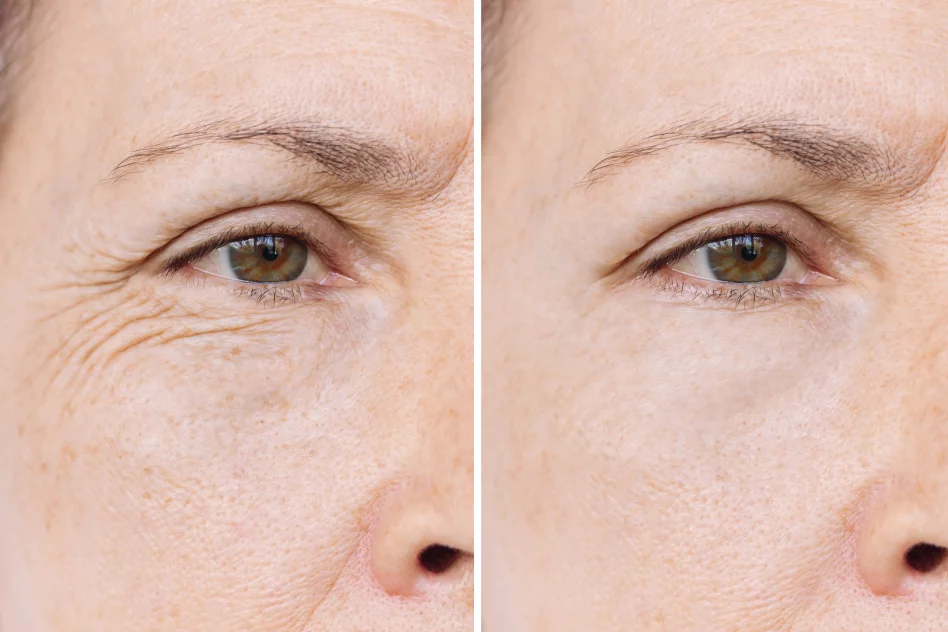-

- Author e-FILLERS Team
- Oct 1st, 2024
Understanding Different Types of Dermal Fillers

Dermal fillers have revolutionized the cosmetic industry, offering a non-surgical solution to enhance facial features and combat the signs of aging. For businesses in the aesthetic field, understanding the various types of dermal fillers is essential for providing effective treatments and meeting client expectations. This guide will delve into the different categories of dermal fillers, their applications, and how e-FILLERS.com can support your practice with high-quality products.
Hyaluronic Acid Fillers
Hyaluronic acid (HA) fillers are among the most widely used types of dermal fillers. HA is a naturally occurring substance in the body that helps maintain skin hydration and volume. When injected, these fillers provide immediate results by attracting and retaining moisture in the skin.
Applications
HA fillers are versatile and can be used to:
- Smooth fine lines and wrinkles.
- Add volume to lips and cheeks.
- Enhance facial contours.
Popular Products:
e-FILLERS.com offers a selection of reputable HA fillers, including:
- Juvederm®: Known for its smooth application and natural results.
- Restylane®: Offers various formulations tailored for different treatment areas.

Calcium Hydroxylapatite Fillers
Calcium hydroxylapatite (CaHA) fillers are composed of microspheres suspended in a gel. This type of filler not only provides immediate volume but also stimulates collagen production over time, making it an excellent choice for deeper wrinkles and folds.
Applications
CaHA fillers are particularly effective for:
- Nasolabial folds.
- Marionette lines.
- Restoring volume in sunken cheeks.
Poly-L-lactic Acid Fillers
Poly-L-lactic acid (PLLA) is a biodegradable substance that stimulates collagen production. Unlike traditional fillers that provide instant results, PLLA requires multiple sessions to achieve optimal effects, making it a gradual solution for volume restoration.
Applications
PLLA fillers are ideal for:
- Treating deeper facial wrinkles.
- Restoring lost volume in areas like the cheeks and temples.
Polymethyl Methacrylate (PMMA) Fillers
PMMA fillers consist of tiny microspheres that remain beneath the skin indefinitely, providing long-lasting support. They are typically used for more permanent solutions to deep wrinkles and folds.
Applications
PMMA fillers are suitable for:
- Deep nasolabial folds.
- Acne scars.
- Enhancing facial contours.
Innovative Options: Polynucleotides
Polynucleotide fillers are a newer category designed to promote skin rejuvenation by enhancing cellular regeneration. They work by improving skin quality and elasticity over time.
Applications
These innovative products can be used to:
- Enhance overall skin texture.
- Improve hydration and elasticity in aged skin.
Frequently Asked Questions (FAQ)
What are dermal fillers made from?
Dermal fillers can be made from various substances, including hyaluronic acid, calcium hydroxylapatite, poly-L-lactic acid, and polymethyl methacrylate. Each type has unique properties that make them suitable for different applications.
How long do dermal fillers last?
The longevity of dermal fillers varies by type. Hyaluronic acid fillers typically last between 6 to 18 months, while calcium hydroxylapatite can last up to 12 months or longer. Poly-L-lactic acid results can last over two years due to collagen stimulation.
Are there any risks associated with dermal fillers?
While generally safe when administered by qualified professionals, potential risks include bruising, swelling, or allergic reactions at the injection site. It's essential for practitioners to conduct thorough consultations before treatment.
Conclusion
By understanding the diverse types of dermal fillers available and leveraging the resources offered by e-FILLERS.com, aesthetic professionals can enhance their service offerings while meeting the evolving demands of their clients effectively.

.webp)

.webp)






.webp)